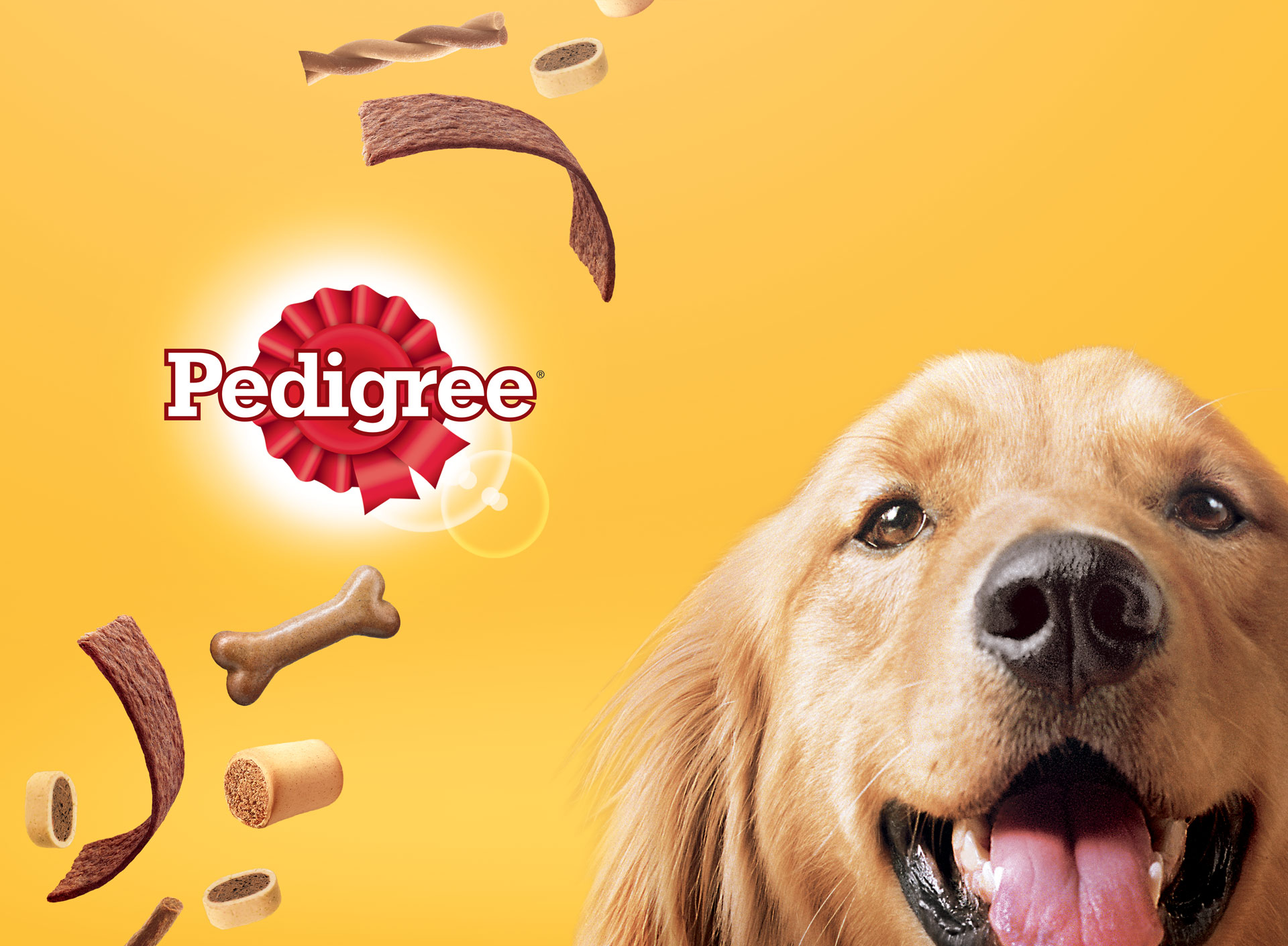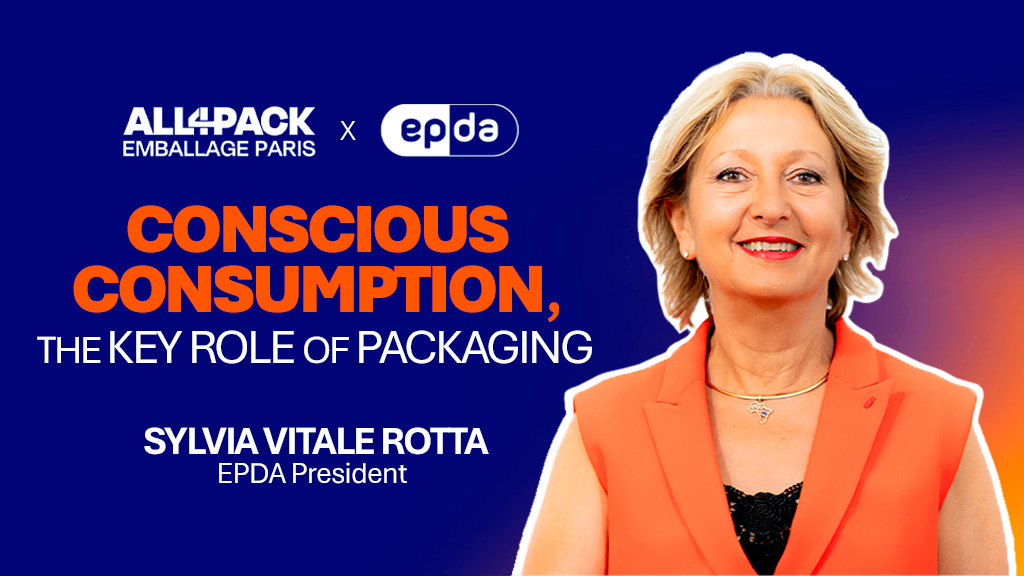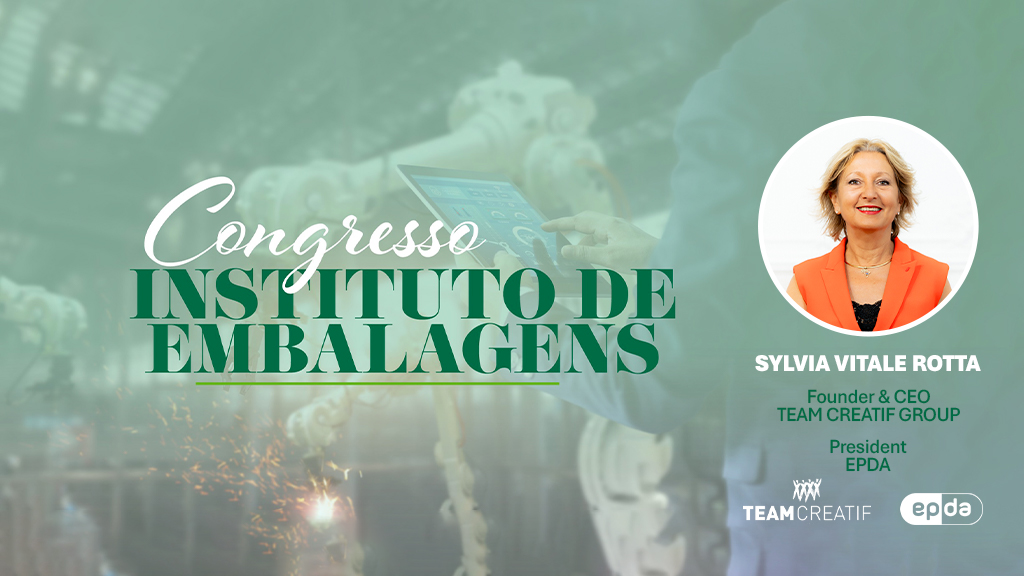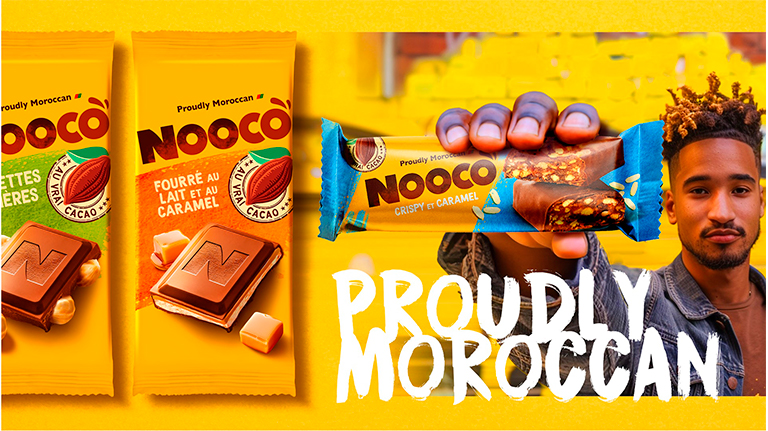
The 6 new societal and environmental challenges
The 3 major modern challenges
From production to storage via transport
Packaging must fully reflect and anticipate the product life cycle. Initially, when leaving the factory, it must hold and protect the product, and ensure that it is transported in optimal conditions. Did you know? 30% of cereal production and 45% of fruit and vegetable production is lost globally due to improper storage (broken bags, insects, rodents, etc.)?!
From global to local, from general to specific
In a globalised world, both large groups and SMEs entering the international market need to give their product a global identity and also respond to local constraints and requirements. This is the challenge that packaging must face. A consumer in India or China does not have the same requirements as a consumer in an ultra-developed country. And a fit and healthy adult does not have the same expectations as an elderly person. One might plan to buy a 6 or 12-pack of bottles, the other might only want to buy a litre or even less.
Good packaging creates value. When a product sells well, factories can operate at full capacity and jobs are created. It’s as simple as that! Companies understand this and packaging design has become strategic to the point where it is a key part of product design.
The 3 major modern challenges
Increasingly effective solutions
Branding & packaging meets the needs of all consumers, makes their lives easier and provides increasingly effective solutions to respect the environment. They must be innovative and long-lasting.
In India, the packaging of certain products, such as powdered milk for infants, is designed to be reused to store other foods once the milk has been used. It therefore helps to improve the daily lives of disadvantaged people who would not be able to store their food without this design.
Reducing waste
Reducing waste is also a daily struggle. Packaging has a role to play. It is not always easy to read a product’s expiry date (smudged characters, too small, hidden by a label, etc.). Soon, technology will allow us to include a chip in the packaging which will change colour from green to orange to red based on the product’s expiry date. A retailer could hold promotions to shift products before the expiry date to limit their losses, boosting turnover and improving customer loyalty.
Design-manufacture-use-recycling
Environmental constraints mean that, in the long-term, we will no longer be able to use certain materials or we must at least make it easier to recycle them. By being a key part of the product design & manufacturing cycle, packaging design helps design solutions which meet consumer needs and uses whilst respecting the environment due to ease of recycling.
Future packaging is linked to changes in technologies and consumer needs. Therefore, by becoming ‘smart’, packaging will be part of these new methods of communication and consumption.
Curious and talented people will continue to work on the design of brand identity. Therefore branding & packaging will continue to innovate to create value for companies and consumers, whilst still protecting the environment.
By Sylvia Vitale Rotta, Chairwoman and CEO of Team Créatif Group
More information
‘Packaging is for people’ by Sylvia Vitale Rotta, TEDxISTEC
Interview with Sylvia Vitale Rotta on design, “branding & packaging”


